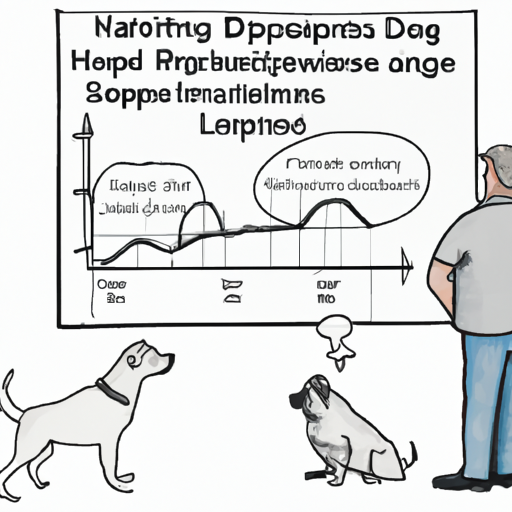“`markdown
What Are the First Signs of Hip Dysplasia in Dogs?
As a caregiver to your furry friend, it’s essential to know the signs of possible health issues. One common problem in dogs, especially larger breeds, is hip dysplasia. This article aims to inform you about the first signs of hip dysplasia in dogs, so you can take early action.
H2: Understanding Hip Dysplasia
Hip dysplasia is a genetic condition where the hip joint doesn’t fit together correctly, causing pain and mobility issues. It’s more common in larger breeds but can affect dogs of all sizes. The condition can worsen over time, leading to arthritis and severe pain if not managed.
H2: Signs to Look Out For
Your dog can’t tell you they’re in pain, but they can show you. Here are some signs to look out for:
- Difficulty standing up or sitting down: If your dog is hesitant to stand or sit, it could be a sign of hip pain.
- Decreased activity: If your usually active dog starts to slow down or avoid play, they could be experiencing discomfort.
- Uneven gait: Dogs with hip dysplasia often have a “bunny hop” gait where they use both hind legs together.
- Loss of muscle mass: If one of your dog’s thighs looks smaller than the other, it could be due to muscle loss from hip dysplasia.
| Signs | Explanation |
|---|---|
| Difficulty moving | Trouble standing, sitting, or walking |
| Decreased activity | Less eagerness to play or exercise |
| Uneven gait | “Bunny hop” style of running |
| Loss of muscle mass | One thigh appears smaller than the other |
H2: What to Do If You Suspect Hip Dysplasia
If you notice any of these signs, it’s critical to consult your vet. They may recommend x-rays to confirm the diagnosis and discuss treatment options. Treatment can range from pain management and physical therapy to surgery in severe cases.
H2: Prevention and Management of Hip Dysplasia
While you can’t prevent hip dysplasia entirely due to its genetic nature, there are steps you can take to manage it:
- Maintain a healthy weight for your dog: Excess weight can put strain on the hips.
- Provide regular, low-impact exercise: Swimming and leash walks can help strengthen muscles without stressing the joints.
- Consider a diet rich in omega-3 fatty acids: These nutrients can help reduce inflammation.
H2: FAQs
Q: Can small dogs get hip dysplasia?
A: Yes, while it’s more common in larger breeds, small dogs can also develop hip dysplasia.
Q: Can hip dysplasia be cured?
A: While there’s no cure, the condition can be managed with treatments like medication, physical therapy, and in severe cases, surgery.
Q: Does hip dysplasia cause permanent damage?
A: If left untreated, hip dysplasia can lead to permanent joint damage and arthritis.
Knowledge is power, especially when it comes to caring for your furry friend. By understanding the signs of hip dysplasia, you can help ensure your dog’s comfort and quality of life.
“`



